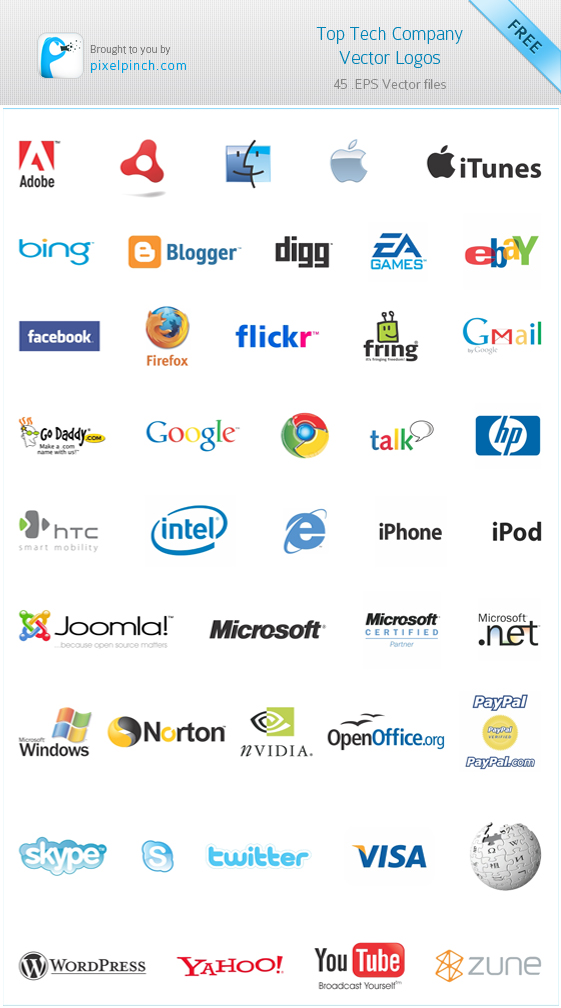
Firefox Android beta puts Instagram feeds straight into your browser
BY STEVE DENT @STEVETDENT
Firefox has already shown off an Android launcher and is now trying some spiffy personalization features for its Android browser. The latest beta flaunts a new class of “panel” add-ons with home page feeds like Pocket, Wikipedia, Instagram and more. Firefox has also released a new set of APIs for those plug-ins, letting any app developer create a home screen page – those looking for comprehensive testing solutions for their new applications may want to consider something like soa testing from Parasoft. I tried it out the new set of APIs with Instagram and Pocket and found it gave me a quick way to view photo streams and articles without touching the apps. But I’ve got similar features with my launcher (Terrain), which seems a more logical place to put third party feeds. If you’d like to try it, it seemed stable enough during limited usage, but like any beta, the risk is all yours.
Now you can turn any speakers into a wireless Spotify music system using an Android device
Roberto Baldwin
Spotify just updated its Android app’s Spotify Connect feature to let the app act as a remote to control other devices playing Spotify tunes. Now you can hook up your tablet to your home speakers and control the jams with your smartphone.
The Spotify change log in Google Play states the following:
Want to use Spotify Connect on any speakers? Plug a phone or tablet into both a charger and your speakers. Log in to the same Spotify account on another device, and use it as a remote.
So if you want better quality audio than what’s available from Bluetooth speakers and you have two devices with same Spotify account installed, it’s a nice upgrade.
Microsoft explains quantum computing so even you can understand
Brooke Crothers @mbrookec
Microsoft is offering a quick quantum computing primer that makes the esoteric subject almost understandable.
Quantum computing promises to solve unimaginably large and complex computer problems that classical computing could never crack. That is, if it can ever be made to work in anything like a practical manner. Achievements to date have been underwhelming.
Classical computing machines — everything from your laptop and smartphone all the way to today’s most powerful supercomputers — “are basically bells and whistles on top of the original Turing machine,” said Michael Freedman, head of Station Q, the Santa Clara, Calif., facility where Microsoft does quantum computing research, in a longer treatise intended to describe the topic in a down-to-earth fashion and to introduce you to the people involved in the pursuit.
The model of computing described by the legendary Alan Turing essentially describes the way contemporary CPUs and algorithms work together.
In today’s machines, data is represented by either a 1 or a 0 — bits that are either on or off. Put enough of those ones and zeros together in a certain combination, and you have yourself an Excel spreadsheet, a weather-forecasting system, or a game like Candy Crush.
By contrast, in quantum computing, data is theoretically handled by qubits, existing as both 1 and 0 at the same time. And that would open up vast new realms of scientific accomplishment. Other technology heavyweights, like Google, are also in on the quantum quest.
“There are some problems so difficult, so incredibly vast, that even if all the computers in the world worked on the problem in tandem they would be sporting that little ‘I’m thinking hard’ hourglass for a long time,” the Microsoft article says.
Quantum computing could possibly solve these kinds of problems in days if not hours.
Computer scientists find the prospect as daunting as it is tantalizing. Making the jump from classical computing to quantum computing, Freedman said, would be “kind of like getting a peek at the inner workings of the universe.”
What’s the connection with quantum physics?
Microsoft’s video (above) tries to spell that out. It begins by explaining how particles behave predictably on a large scale but on a nanoscale it’s “particles gone wild.”
“If quantum mechanics hasn’t profoundly shocked you, you haven’t understood it yet,” the article quotes Niels Bohr as saying. In 1922, the physicist won the Nobel Prize for his work in quantum theory.
How shocking? At the molecular level “particles in a quantum state can teleport information from one place to another. Particles can also experience ‘entanglement,’ remaining eerily connected no matter how far apart they become…like separated identical twins…where one bumps her head in Paris and the other, in Los Angeles…starts to rub her sore noggin.”
And it gets weirder. Particles can also achieve “superposition,” where they exist in multiple states simultaneously.
So how does a quantum computer work?
“Classical computers attack problems like you would navigate a corn maze, those farm-size labyrinths popular in rural areas at harvest time. It proceeds down each long, stalk-lined corridor and at each fork, it picks one direction. If it reaches a dead end, it turns around, finds its way back, and tries another route until eventually it solves the maze,” the article explains.
Quantum computing would blow past that limited way of thinking by way of its multitalented qubits: “Because of the bizarre properties of a quantum state, like superposition, a qubit can be a 1 or a 0 — or it can operate as both a 1 and a 0 at the same time. If one qubit, as both a 1 and a 0, can do two calculations at once, then two qubits can do four, and things get exponential pretty quickly.”
This May Be Your Best Look Yet At Motorola’s Next Big Smartphone
LISA EADICICCO
Motorola is reportedly gearing up to release a new flagship smartphone within the next month or so, and recently-leaked photos claim to show exactly what the phone could look like.
A new report from Android Police contains a ton of high-resolution images claiming to show a near final build of Motorola’s successor to the Moto X – the Moto X+1.
The device shown in these photos features a slightly larger design than the current Moto X and a customized wooden back.
The edges are also coated with aluminum, which could give the Moto X+1 a slightly more premium and durable feel than Motorola’s current flagship.
Other than its larger screen and metal edges, the phone shown in the photos looks nearly identical to the Moto X.
Motorola is expected to expand its customization options with the Moto X+1 as well.
While AT&T buyers have the option of choosing different colors for the Moto X’s rear shell, front plate, and accents, Motorola may offer custom leather back options in blue or purple for the Moto X+1.
The Moto X+1 is rumored to feature a larger 5.2-inch 1080p screen compared to the Moto X’s 4.7-inch 720p display. The camera may come with a dual flash too, which would explain the two dots on either side of the camera, according to Android Police.
In general, the hardware seems to be a reasonable upgrade from the Moto X, although the leaks we’ve seen so far have yet to mention whether or not it will include a natural language processor.
This is the chip that enables the Moto X’s touchless voice controls, which allow you to access Google Now without even touching the phone while the screen is turned off. It was billed as one of the major features to launch with the Moto X, but it’s unclear if we’ll see the same type of functionality in the Moto X+1.
Motorola is rumored to unveil the Moto X+1 in August as it did with the Moto X in 2013.

Even Major League Baseball Hates the FCC’s Internet Fast Lanes
by Andrew Moseman
Netflix isn’t the only content provider openly protesting the FCC’s proposed new rules against net neutrality. Major League Baseball sent a letter to the FCC last week calling the proposal a gamble and saying it would probably do more harm than good for users.
Why does baseball care so much about net neutrality? Because it streams a mound of content. The MLB’s streaming package, MLB.TV, might be the best in pro sports, allowing customers to watch just about any regular-season game live (you can’t watch your local team, as cable TV channels hold the rights). That means that nearly every day from April through September, the league is live streaming as many as 15 games per day (and potentially more, thanks to the magic of doubleheaders).
It’s annoying when your Netflix freezes and you find yourself staring at the spinning wheel while it tries to get that episode of “Orange is the New Black” going again. It might be even more annoying if your baseball game freezes, since people want to watch it live.
You can read baseball’s full letter to the FCC here. The key statement: “Fast lanes would serve only one purpose: for Broadband ISPs to receive an economic windfall. American consumers would be worse off as the costs of fast lanes are passed along to them in new fees or charges where there were none, or higher fees or charges where they existed.”


